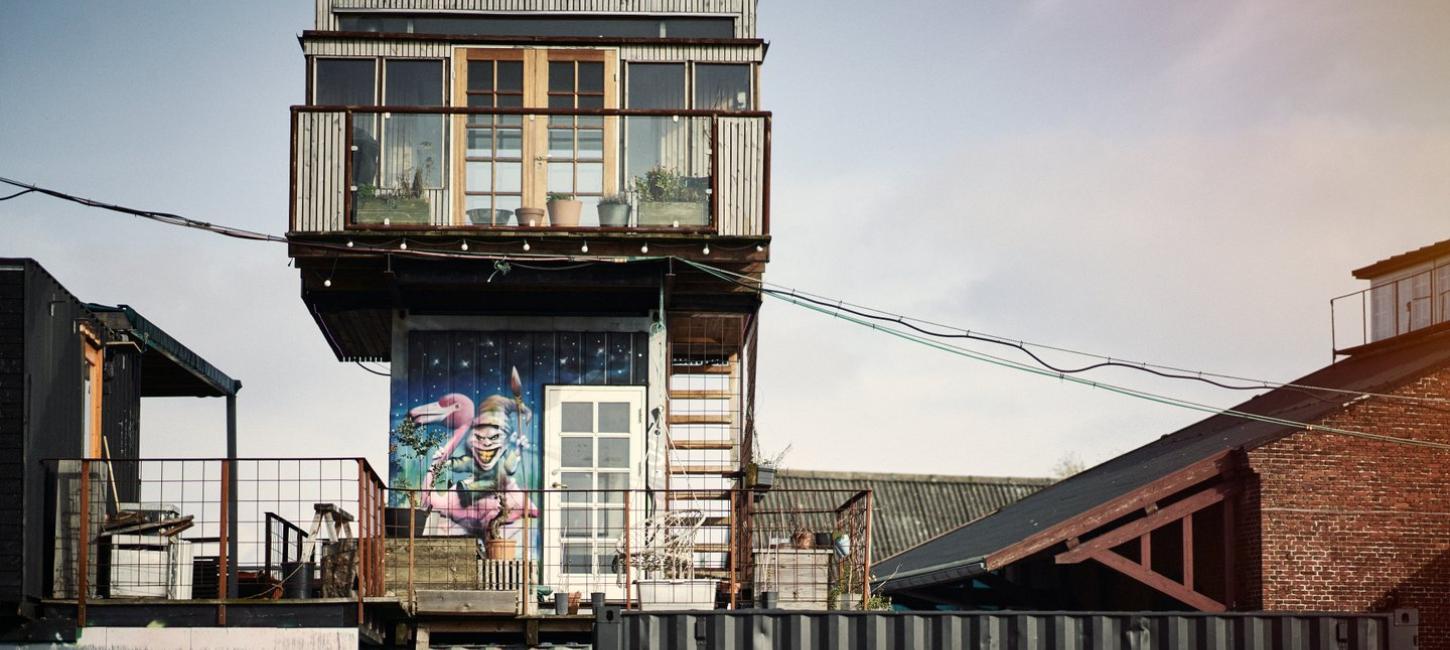
Get ready to explore Aarhus’s neighbourhoods
Aarhus is a transformed city. Many of the city’s neighbourhoods have been completely regenerated with the help of inspirational architects, avantgarde artists and creative chefs.
Aarhus does not rest on its laurels from 2017, where the city could celebrate the status as both European Capital of Culture and the European Region of Gastronomy. Instead, the development continues in Denmark’s second city.
Getting to Aarhus from the UK is easy as both Ryanair and SAS have flights from UK airports to Aarhus and even more airlines have routes to Billund Airport, which is only a 1,5 hour drive from Aarhus.
When visiting Aarhus, guests will discover that each neighbourhood has a personality of its own. So, whether you’re looking for the most inspirational cuisine or the latest architecture, if you delve a little deeper you’ll find the olde-worlde cobblestone streets of the Latin Quarter and the old working-class area of Trøjborg; the quiet restraint of Frederiksbjerg or the old industrial centre at Godsbane. To the south of the city, the southern harbour region, which was once lined with butcher’s halls and coal stores to now the newest area of Aarhus, the transformed Aarhus Ø waterfront neighbourhood makes use of bridges over the water to create the illusion of the area being an actual island.
Here’s how to find your own neighbourhood tribe in Aarhus….
For younger visitors or those on a budget the old working-class district of Trøjborg, to the north of the city and close the Riis Forest and Den Permanente, a traditional harbour bath, is now a dynamic city within the city and hums with the vibrant atmosphere created by the largely student population. Drawn to the raft of innovative cool and cost effective cafes, bars and boutiques, stand out examples include The Meat Town, a mecca for determined meat eaters in the basement of Kødstaden, a butcher’s shop on Tordenskjoldsgade. For international specialty dishes mixed with tons of organic produce try Ana Fruits and Vegetables, or time warp back to the 1970’s and have one of the best breakfast’s in Aarhus at the newly opened Stuen th.
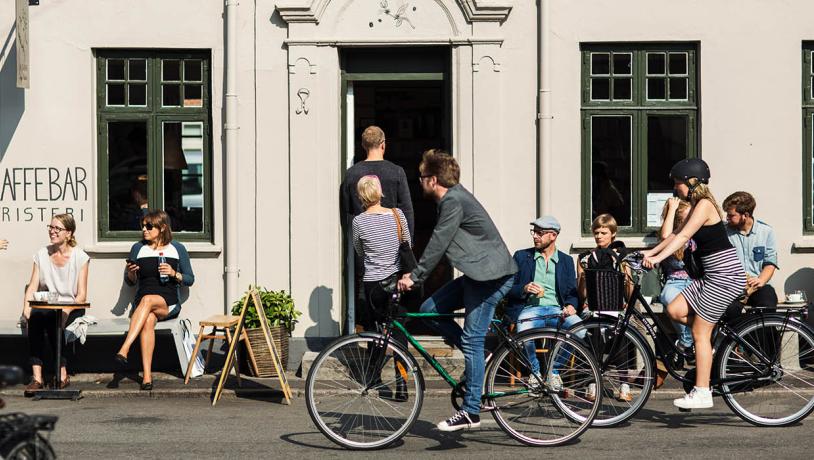
Photo:Visit Aarhus
The Latin Quarter
A great place for the picky shopper, the Latin Quarter is the oldest neighbourhood in Aarhus with half-timbered houses and cobbled streets, such as Mejlgade, which is one of the oldest, and now home to cafes, restaurants and specialities shops. Or check out the courtyards of the old buildings for well-priced restaurants and in cobbled Rosensgade where Michelin starred Restaurant Gastrome is run by chefs, Søren Jakobsen and William Jørgensen, who for several years have been behind the Old Dairy at Vilhelmsborg at Mårslet and combine the rural roots from the sister restaurant with a modern, adventurous and very personal food style.
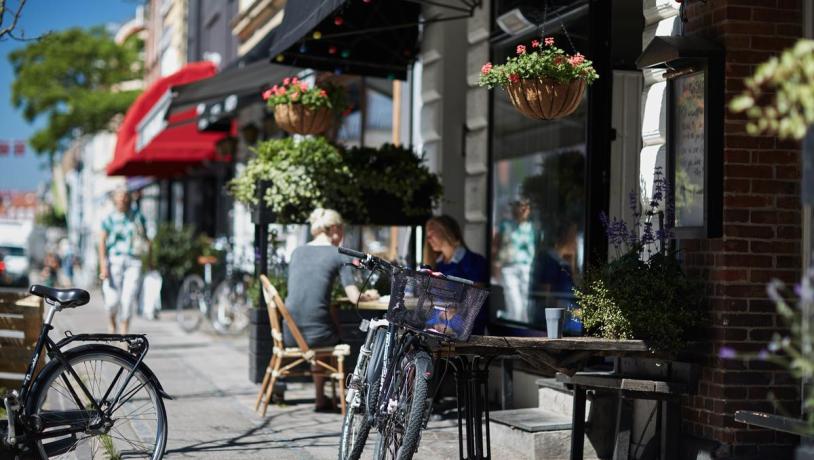
Photo:RUNI Photopop
Frederiksbjerg
With a mix of students, families and older people in the area, Frederiksbjerg has gone through a major redevelopment in recent years with Jægersgårdsgade and M. P. Bruunsgade, now hosting cafes and restaurants alongside speciality shops offering off-beat, avant-garde design and a popular food and vegetable market on Ingerslev Boulevard.
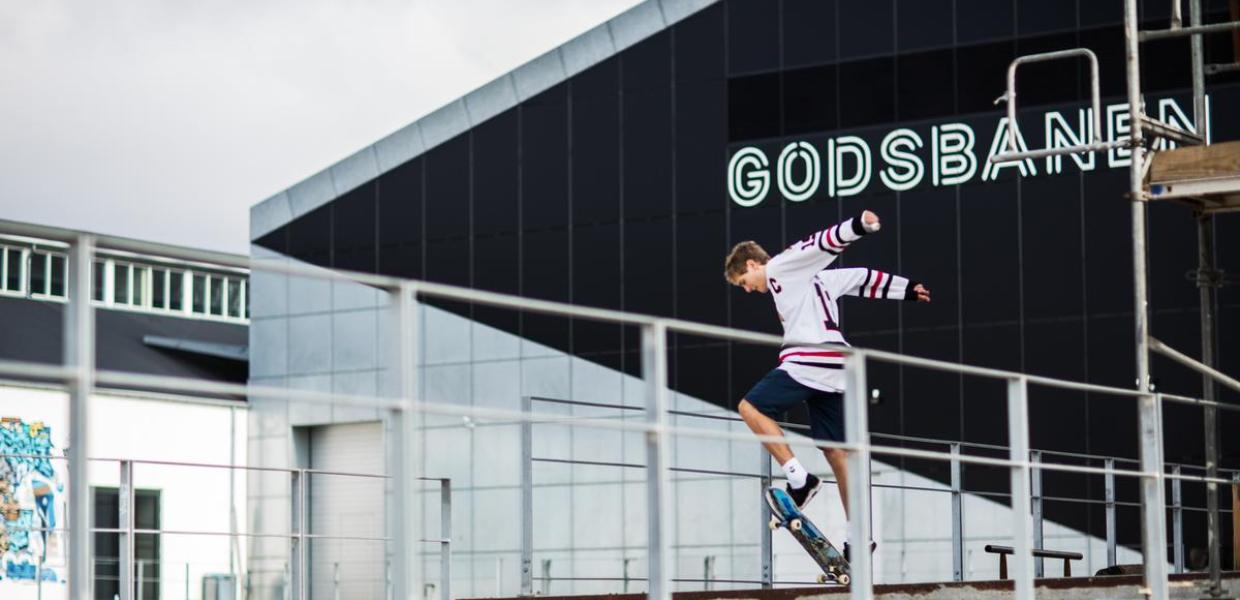
Photo:Photopop
Aarhus K (Godsbane-kvarteret)
The creative heart of the city, Aarhus K was once the centre of industry but now hosts a great community of entrepreneurs who’ve shaped the local plans with restaurants, such as the rooftop Lynfabrikken terrace on Vestergade. For lunch try Spiselauget and pick your way through the plants and foliage over a coffee at Plantecaféen. For culture head to Godsbanen where open workshops, studios, theatres and dance halls offer pop up festivals and events. Don’t miss a photo stop at The Mølle Park on Aarhus creek and Møllestien, which is a pretty little street of colourful houses and cobblestones. Or for art lovers the area is close to the famous ARoS Museum, The House of Music and The Academy of Music.
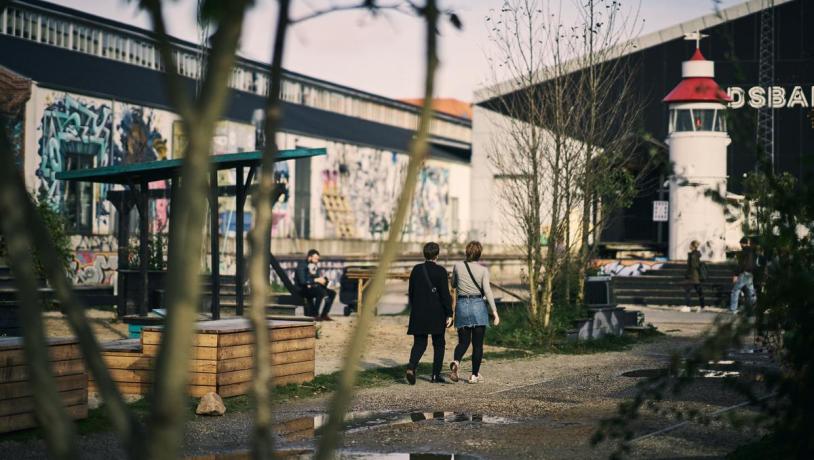
Photo:RUNI Photopop
Marselisborgkvarteret and Marselisborg Memorial Park
After a day exploring the city head for the open spaces of the Marselisborg Memorial Park, which is just below the castle grounds of Marselisborg Palace, facing out over the Bay of Aarhus. Marselisborg Palace is the summer residence of the Danish Royal family but for visitors in May and June it provides a dazzling display of blossom along a grove of cherry trees. Close by the Tivoli Friheden amusement park is a mecca for families with fun rides for all ages. Alternatively, near the city centre Tangkrogen Park is the venue for festivals and events close to shady Marselis Wood and is bounded by the beautiful Strandvejen and Marselis Havnevej. Or Varna Palæet is a beautiful classical building on the edge of Aarhus Bay with a gourmet restaurant and venue for events. Close by and right on Varna Beach dont miss The infinite bridge a circle shaped, wooden construction, by architects Niels Povlsgaard and Johan Gjødes, that was originally built in 2015 for the biennial Sculpture By the Sea event and was so beloved by locals it has become a permanent piece of art on the water.
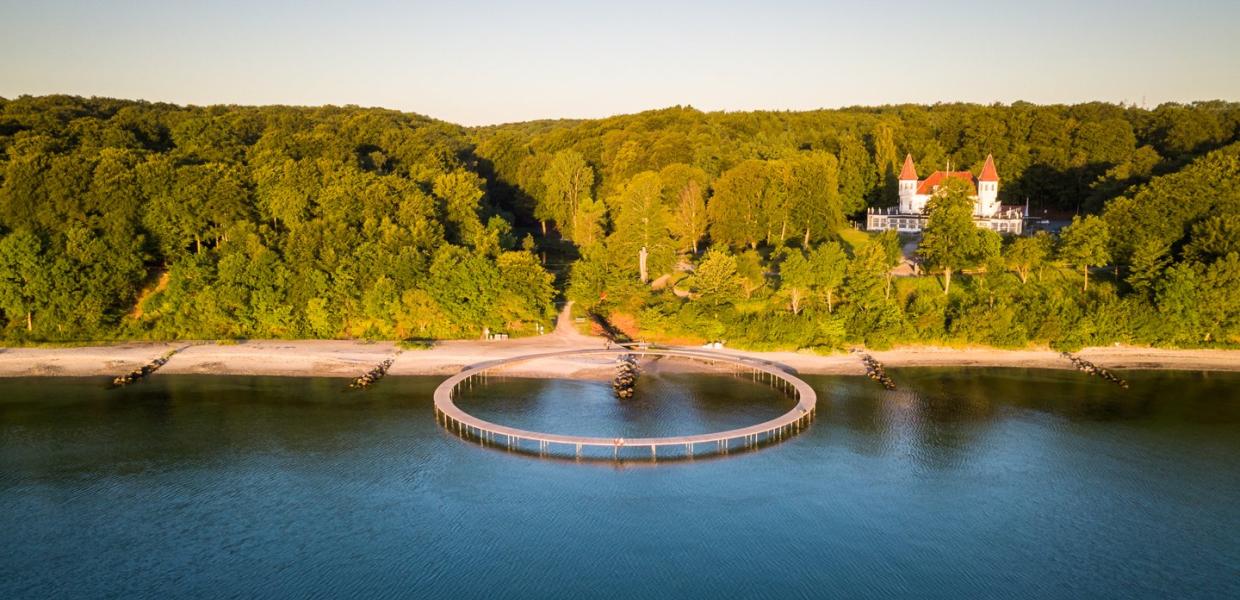
Photo:© Johan Gjøde. Foto: Dennis Borup Jakobsen
Aarhus CARD
It’s now even easier to explore Aarhus and the surrounding Central Denmark Region, thanks to the Aarhus CARD which gives access to more than 20 museums and attractions across the city. Buy a 24, 48 or 72-hour card and enjoy discounts on shopping, free admission to the city’s public swimming pool, and free transport by bus all over Aarhus and the surrounding region, including X-buses, night buses, local trains in the city of Lemvig and airport shuttles to and from Aarhus Airport and Billund Airport.